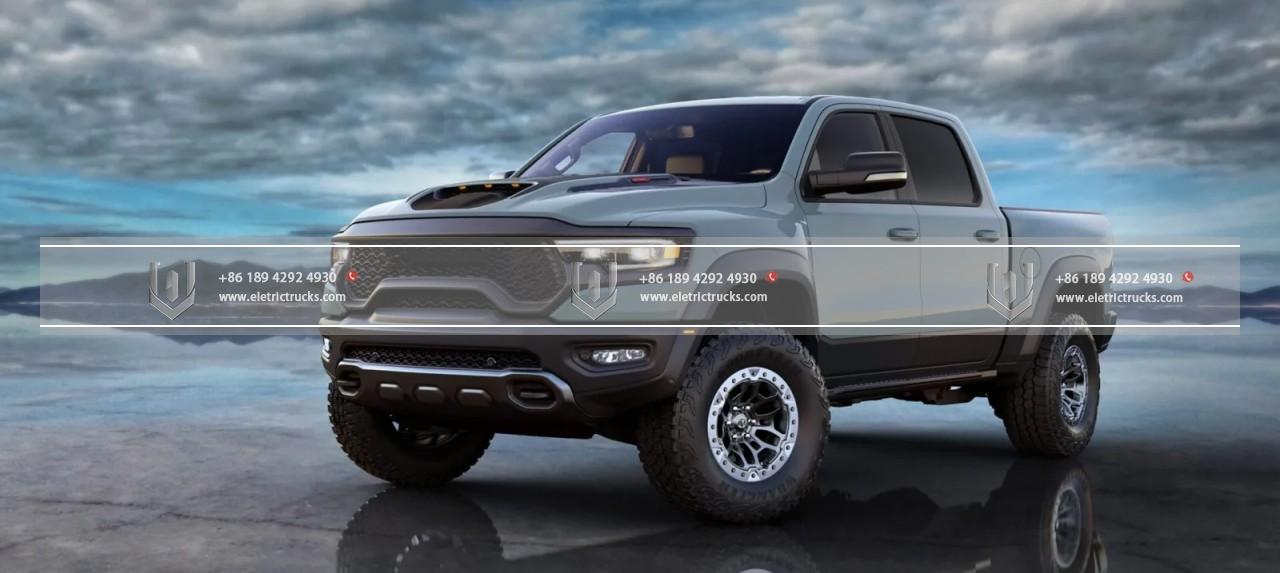Te matauranga hiko
Clean and Green: The Sustainable Promise of Electric Trucks
I nga tau tata nei, the world has witnessed a growing emphasis on sustainability and a pressing need to address the environmental challenges we face. The transportation sector, known for its significant contribution to carbon emissions and air pollution, has become a focal point for innovation and change. One of the most promising advancements in this field is the rise of taraka hikos, offering a clean and green solution to the challenges of traditional diesel-powered vehicles. With their eco-friendly features and numerous benefits, taraka hikos are paving the way for a more sustainable future.
The first and most obvious advantage of taraka hikos is their significant reduction in greenhouse gas emissions. E ai ki te International Energy Agency (IEA), the transportation sector is responsible for nearly one-quarter of global carbon dioxide emissions, with heavy-duty vehicles accounting for a substantial portion. Taraka hikos, I tetahi atu taha, whakaatu Te whakakore i nga tahua, as they are powered by electricity stored in batteries or fuel cells. This shift from fossil fuels to clean energy sources has a direct and positive impact on air quality and climate change, reducing the carbon footprint and contributing to the mitigation of global warming.
Tīmata, taraka hikos offer a quieter and more comfortable driving experience. Traditional taraka-kore-manas are notorious for their loud engines and vibrations, which not only cause noise pollution but also impact the well-being of truck drivers. Taraka hikos, however, operate almost silently, greatly reducing noise levels both on highways and in urban areas. This improvement not only benefits drivers but also helps to alleviate the noise pollution that negatively affects the quality of life in residential neighborhoods.
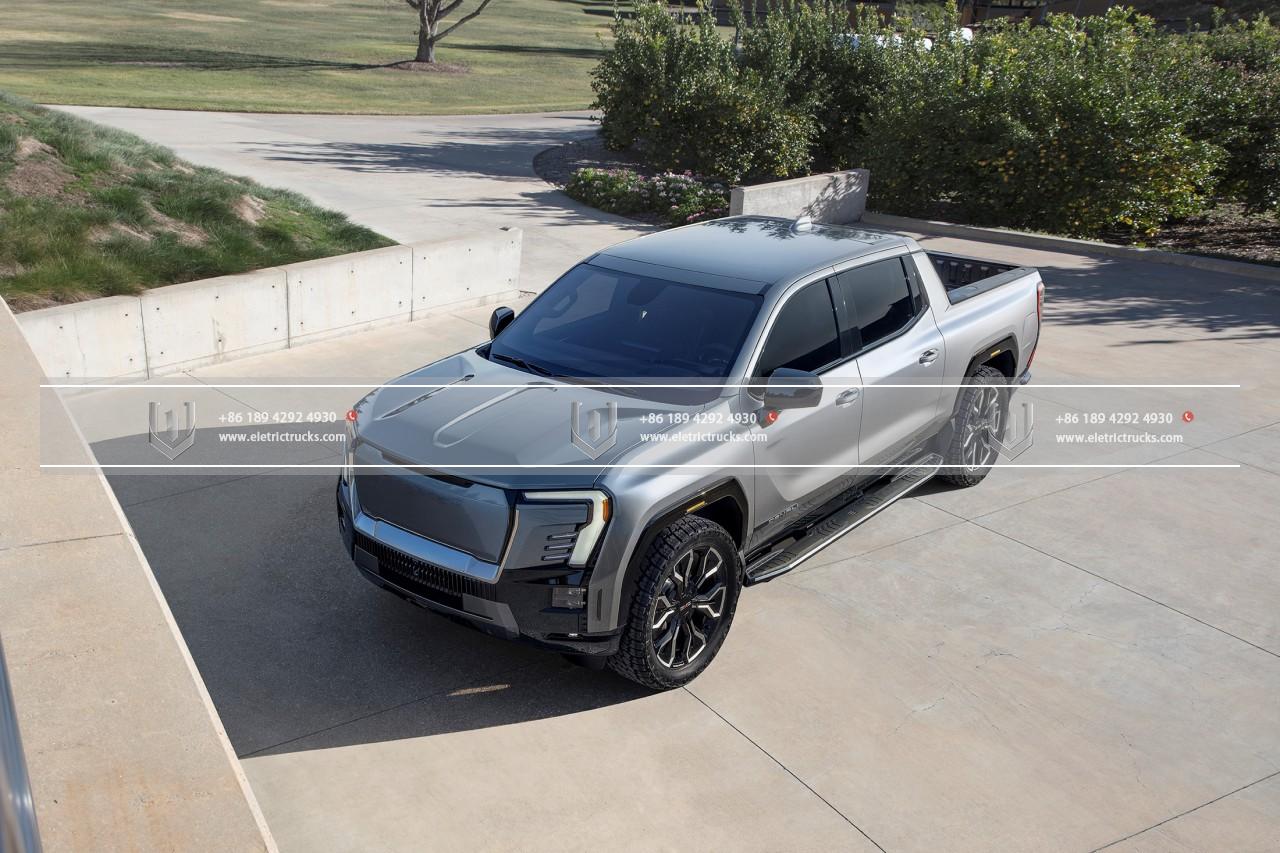
In addition to their environmental and noise-reduction benefits, taraka hikos provide significant cost savings in the long run. Although the initial purchase price of an taraka hiko may be higher than that of a diesel-powered one, the operational costs are substantially lower. Electricity, as an energy source, is generally cheaper and more stable than diesel fuel, resulting in lower fuel costs for taraka hikos. Anō hoki atu, the maintenance requirements for taraka hikos are minimal compared to taraka tuku ihos, as they have fewer moving parts and do not require oil changes or regular engine maintenance. These factors contribute to reduced operating expenses and increased profitability for businesses that choose to incorporate taraka hikos ki roto i a ratou rerenga.
Tīmata, the development of electric truck infrastructure is rapidly progressing, making it easier for businesses to adopt and integrate electric trucks into their operations. Charging stations are being installed across major highways and trucking routes, ensuring that drivers have access to reliable and convenient charging facilities. Tāpiritanga, Te ahunga whakamua i roto i te hangarau hiko are continuously improving the range and charging times of taraka hikos, addressing the concerns of range anxiety that were once associated with Te hiko hikos. As the charging infrastructure continues to expand, taraka hikos will become a more practical and feasible option for long-haul journeys, further bolstering their appeal in the umanga taraka.
Tuhinga o mua taraka hikos also presents economic opportunities and job creation. As the demand for taraka hikos grows, there will be a need for a skilled workforce to manufacture, maintain, and operate these vehicles. This shift towards sustainable transportation technologies will not only reduce greenhouse gas emissions but also stimulate the economy by generating employment opportunities in manufacturing, infrastructure development, and related industries. This transition to a green economy can contribute to a more sustainable and resilient future for both the environment and society.
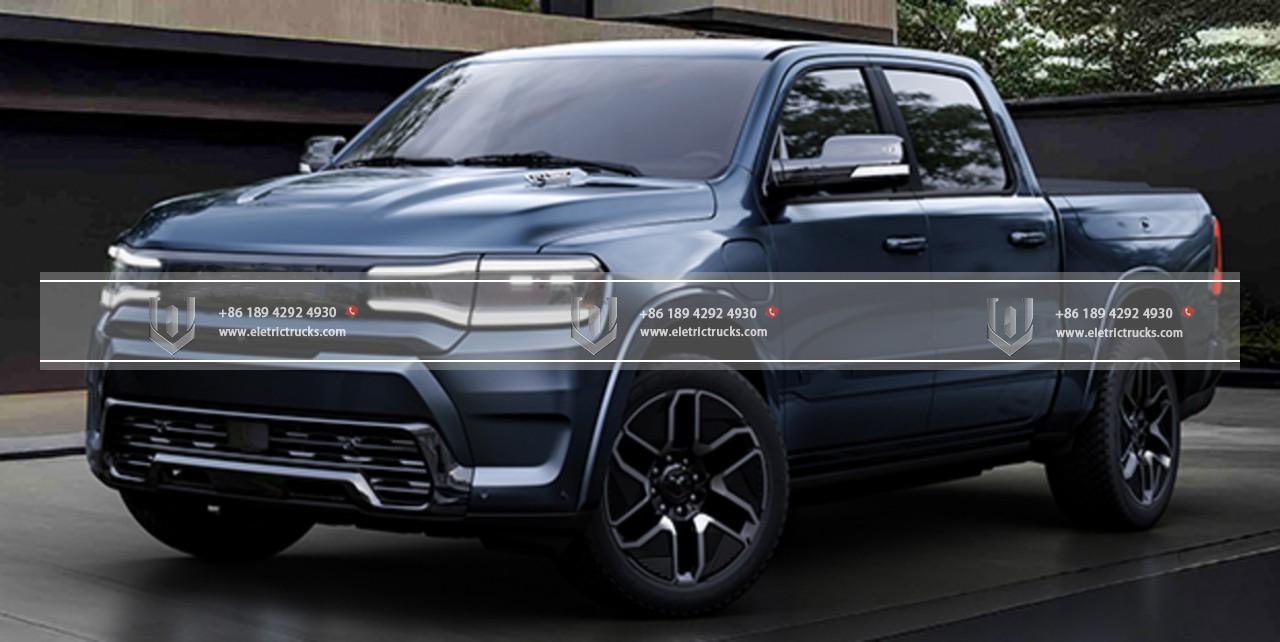
Inā taraka hikos offer numerous benefits, there are still some challenges that need to be addressed. Ko tetahi o nga mea nui ko te iti o te whānuitanga o taraka hikos compared to taraka disel tuku ihos. Although significant progress has been made in extending the range of electric vehicle batteries, Te waka roa-roa, and heavy-duty applications still require further advancements to match the distances covered by taraka tarakas. Hoianō, with ongoing research and development in Te hangarau o te pākahiko and the expansion of charging infrastructure, this limitation is expected to be overcome shortly.
Another challenge lies in the scalability of Te Hanga Truck Motuhake. Currently, the production capacity of taraka hikos is relatively low compared to taraka tuku ihos, mainly due to the limited supply of batteries and other components. Hoianō, as demand increases and economies of scale come into play, the production capacity is likely to expand, leading to lower costs and greater accessibility.
Anō hoki atu, Tuhinga o mua taraka hikos extends beyond the realm of environmental sustainability. These vehicles also play a crucial role in reducing dependency on fossil fuels me enhancing energy security. Taraka disel tuku ihos heavily rely on finite and depleting fuel sources, leaving economies vulnerable to price fluctuations and geopolitical tensions. He rereke, taraka hikos leverage electricity, which can be generated from a diverse range of sources, including renewable energy such as solar, hēmanawa, and hydroelectric power. By diversifying the energy mix and reducing dependence on fossil fuels, taraka hikos contribute to a more resilient and secure energy future.
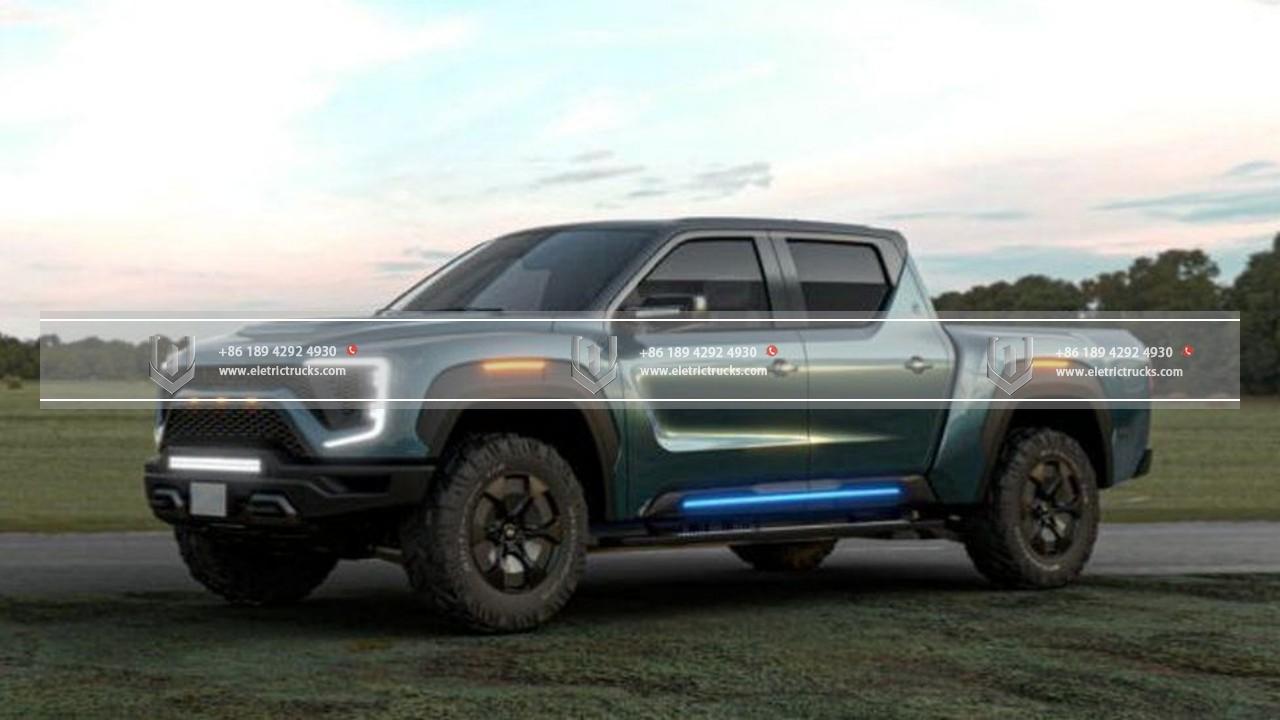
Tīmata, the implementation of taraka hikos aligns with the growing trend of corporate social responsibility (CSR) and sustainable business practices. Many companies are increasingly aware of the importance of reducing their carbon footprint and demonstrating their commitment to environmental stewardship. Incorporating taraka hikos into their fleet not only helps companies achieve their sustainability goals but also enhances their reputation as environmentally conscious organizations. Tēnei, in turn, can attract environmentally-minded customers and investors who value businesses that prioritize sustainability.
The sustainable promise of taraka hikos extends beyond the transportation industry itself. Taraka hikos have the potential to create a ripple effect throughout the supply chain, positively impacting other sectors. Hei tauira, the electrification of trucking can drive innovation and investment in renewable energy infrastructure, including charging stations and grid modernization. This infrastructure development can provide additional benefits to communities, such as improved access to clean energy and job opportunities in the renewable energy sector. Anō hoki atu, Tuhinga o mua taraka hikos can encourage the development of more sustainable logistics practices, including route optimization, load management, and supply chain efficiency improvements.
It is important to note that the transition to taraka hikos requires a collaborative effort from various stakeholders, including government bodies, truck manufacturers, energy providers, and fleet operators. Governments can play a crucial role in facilitating this transition by implementing supportive policies, such as financial incentives, tax breaks, and regulatory measures to encourage the adoption of taraka hikos. They can also invest in the development of charging infrastructure and research and development of battery technology. Rite hoki, truck manufacturers need to continue investing in research and development to enhance the performance and range of taraka hikos while ensuring their affordability. Energy providers should collaborate with fleet operators to establish a robust charging infrastructure network that meets the specific needs of the trucking industry.
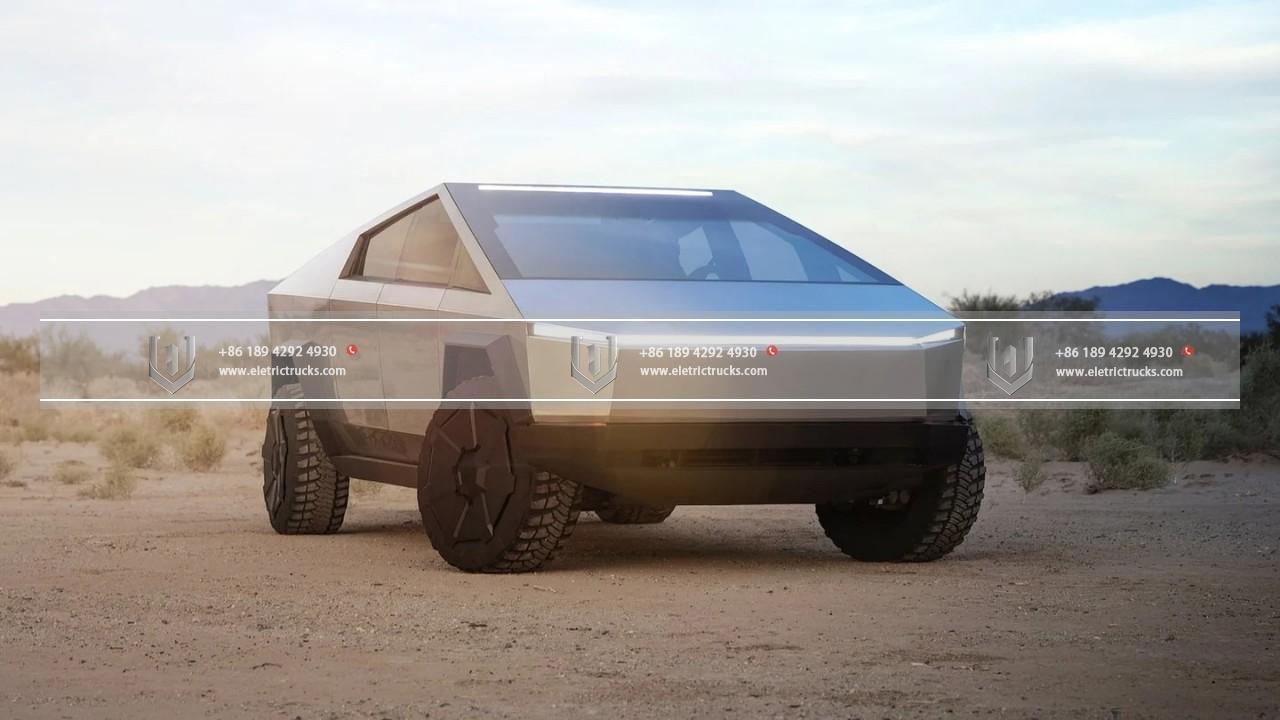
Hei mutunga, the rise of taraka hikos holds immense promise for a sustainable and environmentally friendly future. These vehicles offer significant benefits such as reduced greenhouse gas emissions, improved air quality, Nga penapena utu, me te mahi Quieter. As technology advances, challenges related to range limitations and production scalability are expected to be overcome. Tuhinga o mua taraka hikos can not only mitigate the Te Paanga Taiao of the transportation sector but also drive economic growth, create jobs, enhance energy security, and promote sustainable business practices. By embracing the potential of taraka hikos, we take a significant step towards a cleaner, kai, me te ao pumau.
